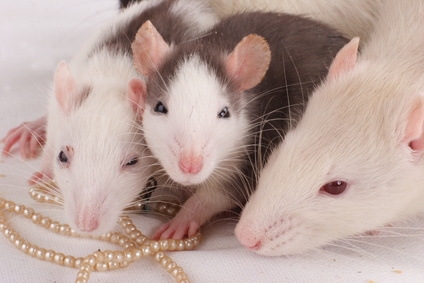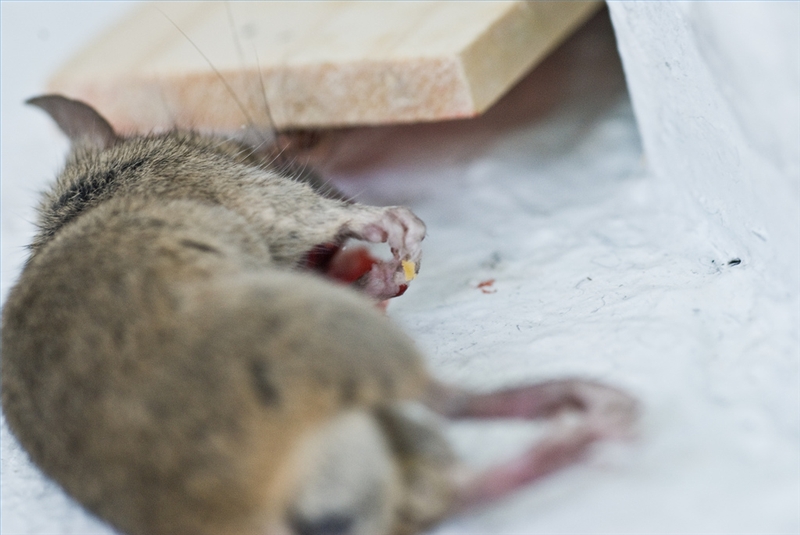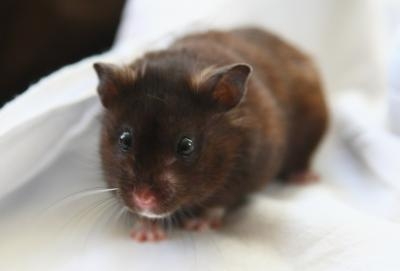
How to Identify Infant Mice & Rats. Rats and mice make popular small pets, delighting both children and adults alike. Mice are smaller and have more refined features than that of the rat. There are many species of rodents who may be called mice or rats. However, the species most commonly referred to as a "rat" or "mouse" and kept as pets are the Norway Rat and the Domestic Mouse, or Common House Mouse. These rats and mice have been domesticated for use in laboratories and for the pet trade. When both species are young, the two are difficult to tell apart. All young mice and rats require a close examination before you bring them home as pets. This can easily be done in the pet store before purchasing your new found friend.

Check and compare the size of the rodents. If they are larger and weigh more comparatively than the other rodents at the same age, the babies are rats.
Examine the tail. If it is thick and shorter than its body, it is a baby rat. Long and thin tails indicate baby mice.
Ears are quite large when compared to a mouse's head. This is not the case with rats, for the ears are small in relation to their head. This is one of the best ways of determining the difference between the two.
Lift the baby's muzzle. A narrow and sharp muzzle indicates a mouse, while blunt and large identifies an infant rat.
Check the size of the eyes. Mice have prominent and large eyes while rat eyes are small.
 Can Hamsters Eat Pumpkin?
Can Hamsters Eat Pumpkin?
Can Hamsters
Can Hamsters Eat Pumpkin?
Can Hamsters Eat Pumpkin?
Can Hamsters
 Good Bait to Catch a Mouse With a Rat Trap
Good Bait to Catch a Mouse With a Rat Trap
Good Bait to Catch a Mouse With a Rat Trap
Good Bait to Catch a Mouse With a Rat Trap
 About North American Hawks
About North American Hawks
About North
About North American Hawks
About North American Hawks
About North
 How to Make Your Hamster Smell Better
How to Make Your Hamster Smell Better
How to Make Your Hamster Smell Better
How to Make Your Hamster Smell Better
 How to Raise a Pet Chameleon
How to Raise a Pet Chameleon
How to Ra
How to Raise a Pet Chameleon
How to Raise a Pet Chameleon
How to Ra
Copyright © 2005-2016 Pet Information All Rights Reserved
Contact us: www162date@outlook.com